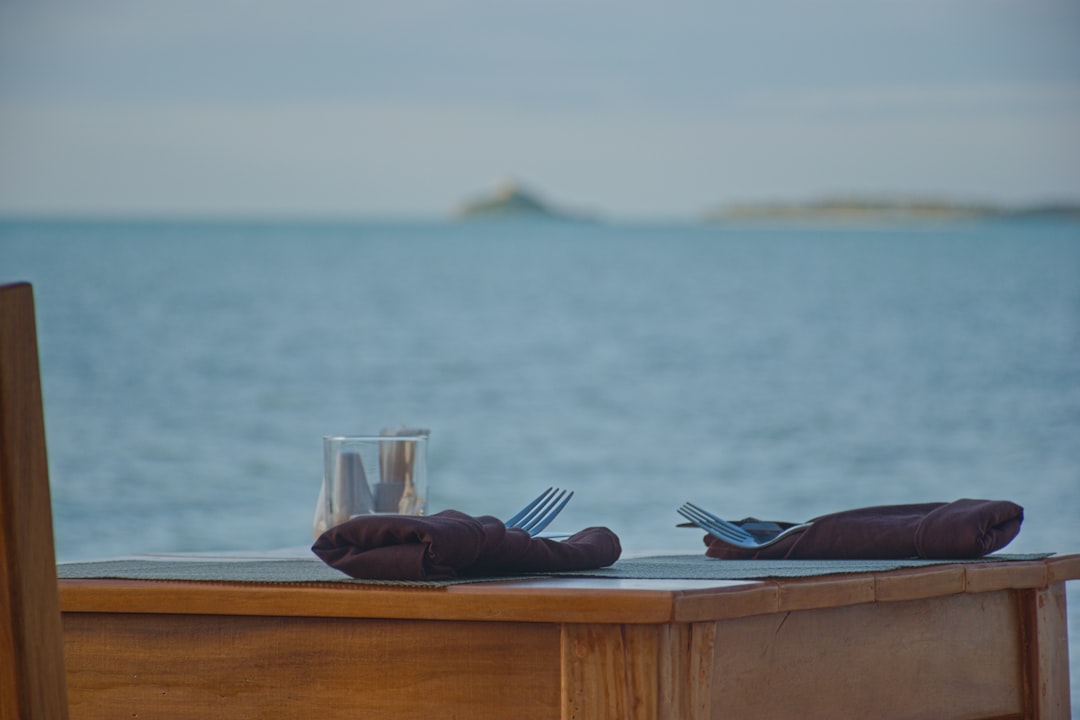Samui Island (Koh Samui): Thailand’s Tropical Paradise
Introduction
Koh Samui, also known as Samui Island, is the second-largest island in Thailand and one of Southeast Asia's most celebrated tropical destinations. Located in the Gulf of Thailand, some 700 kilometers south of Bangkok, Samui is renowned for its palm-fringed beaches, luxurious resorts, vibrant nightlife, lush rainforests, and cultural heritage. This article delves into Samui's geography, attractions, history, cuisine, activities, accommodation options, and practical travel tips.
Geography and Climate
Koh Samui covers an area of about 229 square kilometers and is surrounded by nearly sixty other islands—forming the Samui Archipelago. The island is noted for its central mountainous interior, stunning coastlines, and proximity to other travel gems such as Koh Phangan and Koh Tao.
Table 1: Quick Geographic Facts
| Feature | Detail |
|---|---|
| Location | Gulf of Thailand |
| Area | 229 sq km |
| Population | ~70,000 |
| Highest Point | Khao Pom (635 meters) |
| Main Town | Nathon |
The island’s climate is tropical and moderated by ocean winds. It enjoys a typical year-round temperature of 28–33°C. The rainy season generally runs from October to mid-December.
History and Culture
Samui's history traces back to the 15th century with initial settlements by Malay and Chinese fishermen. The name "Samui" might originate from either the Malay word "saboey," meaning "safe haven," or from the local trees called mui. Traditionally a fishing and coconut plantation economy, Samui rapidly transitioned into a major tourism hub in the late 20th century.
The island retains a strong sense of local culture, visible in Buddhist temples, traditional festivals, and the daily life of the Samui people.
Key Cultural Sites:
- Wat Phra Yai (Big Buddha Temple): A landmark with a 12-meter-tall Buddha statue.
- Wat Plai Laem: An ornate temple showcasing Chinese-Thai influences.
- Fisherman’s Village (Bophut): Preserves Sino-Thai architecture and charm.
Attractions
Samui offers something for every type of traveler—families, solo adventurers, honeymooners, and party-goers.
Table 2: Major Attractions & Activities
| Attraction | Description | Location |
|---|---|---|
| Chaweng Beach | Longest, most popular beach with nightlife | East Coast |
| Lamai Beach | Quieter, beautiful scenery | Southeast |
| Ang Thong Marine Park | Island-hopping, snorkeling, kayaking | NW of Samui |
| Na Muang Waterfalls | Two scenic waterfalls amidst jungle | Central |
| Fisherman’s Village | Chic restaurants, night markets | Bophut |
| Secret Buddha Garden | Statues in a lush mountain setting | Central Highlands |
| Hin Ta & Hin Yai Rocks | Unusual rock formations ("Grandfather/Grandmother Rocks") | South Lamai |
Beaches
Koh Samui’s beaches are world-famous, with powdery sand and clear waters. Chaweng and Lamai are the most popular, while Maenam and Bophut offer a quieter atmosphere.
Nature & Adventure
The island’s jungle interior is ideal for trekking, ATV tours, and ziplining. Boat trips to Ang Thong National Marine Park reveal emerald lagoons and dramatic limestone cliffs.
Cuisine
Samui’s cuisine combines classic Thai flavors with island specialties. Local seafood is a highlight, and spicy coconut-based curries (like “Gaeng Som”) abound.
Must-Try Dishes:
- Gaeng Som Pla: A hot and sour fish curry.
- Pad Thai: Stir-fried noodles with shrimp or chicken.
- Tom Yum Goong: Spicy shrimp soup.
- Fresh coconut shakes: Made with Samui’s own coconuts.
Table 3: Popular Local Restaurants
| Restaurant | Specialty | Location |
|---|---|---|
| Krua Bophut | Thai seafood | Bophut |
| Barracuda | Fusion seafood | Fisherman’s Village |
| Sabienglae | Local Thai curries | Lamai |
| Zazen Restaurant | Fine dining, Thai | Maenam |
Accommodation
Samui caters to all budgets, from backpacker hostels to five-star luxury resorts.
Table 4: Sample Accommodation Options
| Name | Type | Price Range (per night) | Location |
|---|---|---|---|
| Four Seasons Resort | Luxury | $500–$1,500 | Northwest |
| Sala Samui | Boutique Resort | $200–$600 | Choeng Mon |
| The Library | Design Hotel | $250–$800 | Chaweng |
| Lub d Samui | Hostel | $15–$40 | Chaweng |
Getting There and Getting Around
By Air
Samui Airport (USM) is privately owned and serves direct flights from Bangkok, Singapore, Kuala Lumpur, and Hong Kong. The island can also be reached via ferry from Surat Thani, Don Sak, or Chumphon on the mainland.
On the Island
Rental scooters, taxis, songthaews (shared pickup trucks), and private drivers are common ways to navigate Samui.
Events and Festivals
Samui hosts several annual events:
- Samui Regatta (May): International sailing competition.
- Buffalo Fighting Festival: Traditional local event (note: not all tourists may be comfortable with this).
- Songkran (April): The Thai New Year Water Festival.
Practical Travel Tips
Best Time to Visit: December to August is generally best for good weather.
Currency: Thai Baht (THB)
Language: Thai (English widely spoken in tourist areas)
Health: Mosquito repellent recommended; medical facilities are good.
Etiquette: Dress modestly when visiting temples; shoes off before entering homes/temples.
Conclusion
Koh Samui encapsulates the allure of the tropics—stunning beaches, lush landscapes, mouthwatering cuisine, and vibrant culture. Whether you crave relaxation, adventure, or an immersion in island life, Samui delivers an unforgettable experience. Its blend of natural beauty and world-class hospitality ensures its place as a top destination for travelers to Thailand.
Plan your escape to Koh Samui, and discover why this tropical gem enchants visitors from across the globe.
